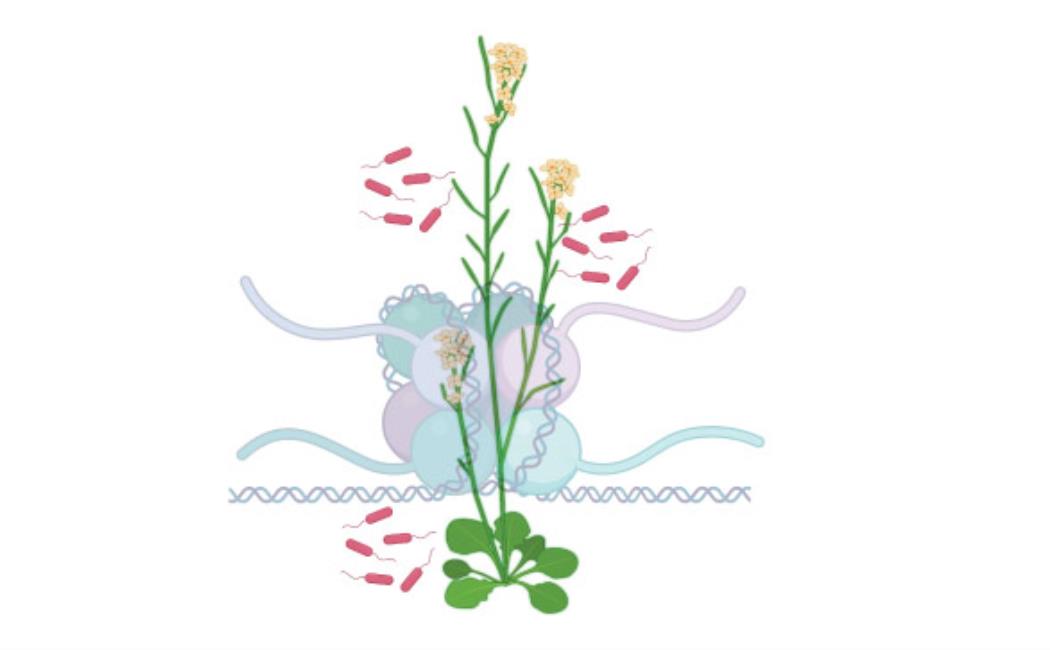
Linker histone bridges gaps in plant immunity knowledge
26 March, 2023
Up to 30 per cent of crop yields worldwide each year are lost to pathogenic infection. Understanding how to make plants more resilient to infection is vital for future food security. Now researchers have uncovered the critical role of a linker histone protein, called H1, during plant immune responses to bacterial and fungal infections.
“Previous studies on Arabidopsis plants revealed that H1 is important for healthy growth and development,” says Arsheed Sheikh, who worked on the project with Heribert Hirt and co-workers. “Linker histones are known to regulate infection in animals, but their role in plant infection and immunity has never been explored.”
In animal and plant cells, fundamental units called nucleosomes contain DNA wrapped around a protein complex, and are critical for regulating genetic information. The individual nucleosomes are connected by linker DNA. Linker histone H1 holds the exit/entry site of linker DNA like a clip, thus regulating the unwinding and flexibility of nucleosomes.
Click here to read the full story.
Image: Illustration of the model plant Arabidopsis. The genetic material is present as chromatin, which consists of DNA wrapped around a histone protein complex in cells. The linker histone H1 modulates the plant's immunity against pathogens.
© 2023 KAUST; Arsheed Sheikh